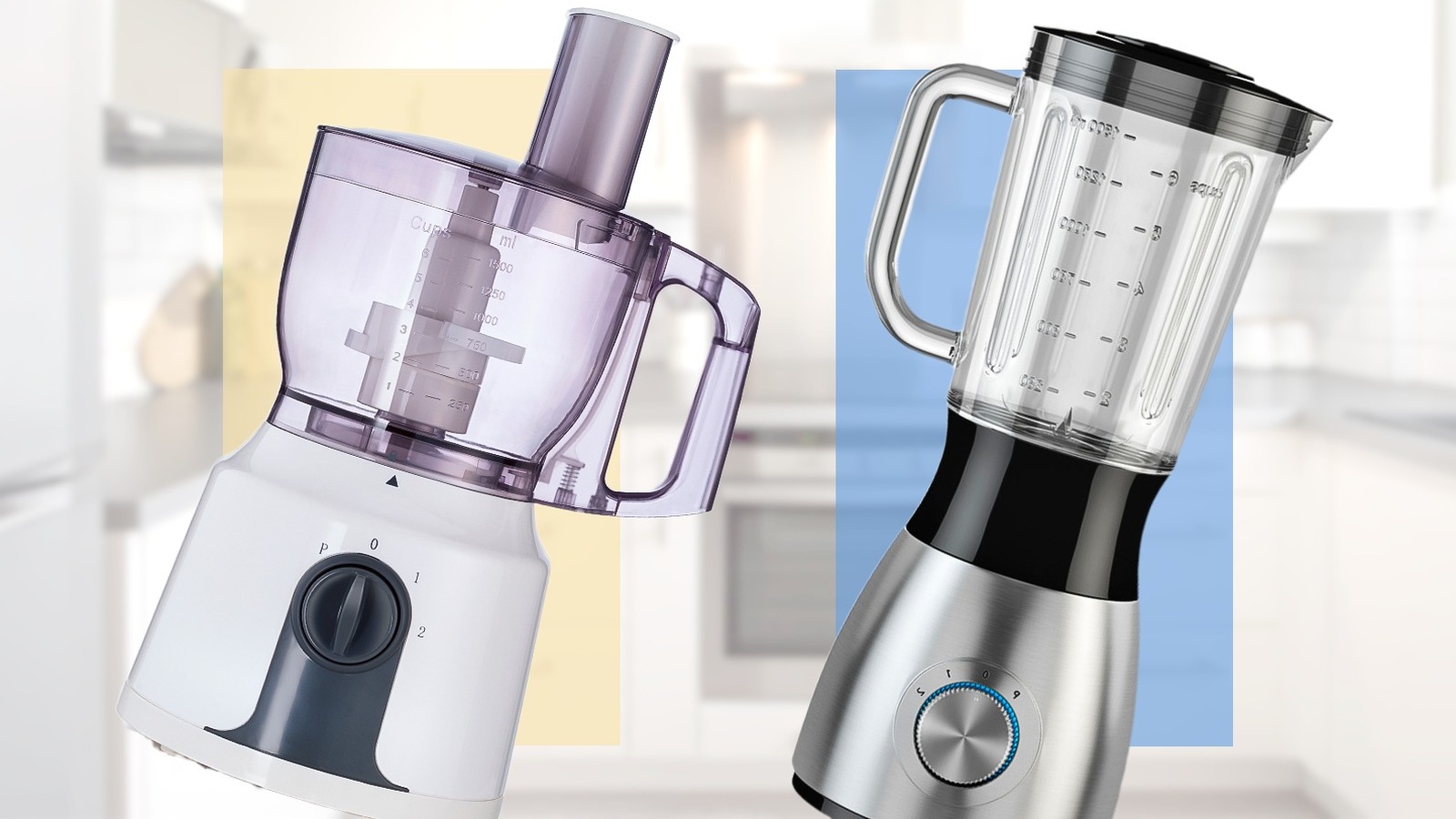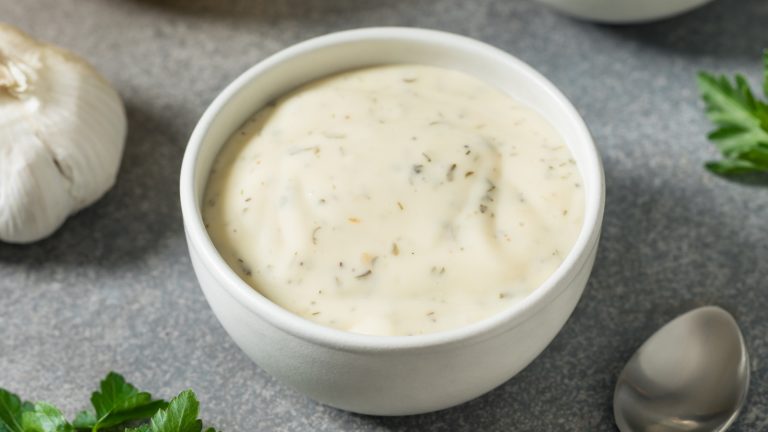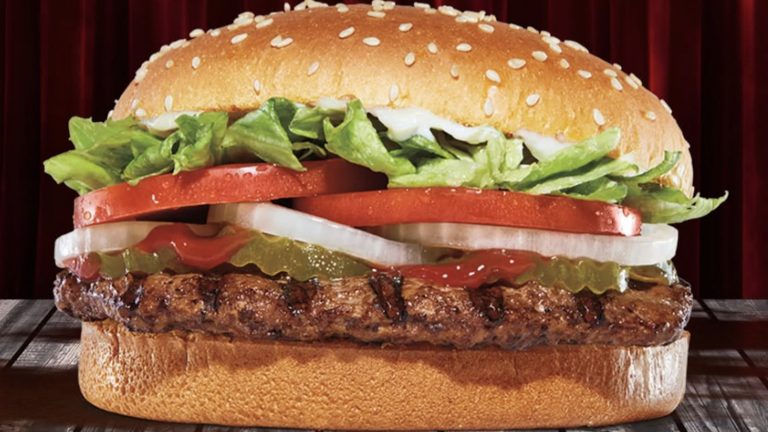When it comes to kitchen appliances, we all have our favorites. But few are as essential — or as often confused — as a food processor and a blender. At first glance, they may seem interchangeable: Both have sharp blades spinning in a lidded container, both sit on your countertop, and both make food prep a whole lot easier. But in reality, they serve very different purposes. Whether you’re whipping up a silky smoothie or chopping vegetables for a hearty stew, choosing the right tool can make all the difference.
The real differentiating factors involve how blenders and food processors are built and what they’re capable of doing. In a nutshell, food processors come with a wide, squat bowl, an S-shaped blade, slicing and shredding discs, dough paddles, and other features, depending on the style and model. They’re built for precision and texture, specifically designed to work with solid and dry foods without needing added liquids. It’s a literal powerhouse for performing tasks like chopping veggies, grating cheese, kneading dough, and many things requiring dicing, slicing, or shredding. Food processors also have a host of uses you may not have considered, such as making your own oat flour.
Blenders, on the other hand, feature taller, narrower jars with multi-pronged blades cradled at the bottom. They utilize liquid to create a vortex, which pulls ingredients downward, creating a smooth mix. That means a blender excels at liquefying and pureeing, creating smoothies, milkshakes, sauces, pureed soups, cocktails, dips, juices, and so much more.
Which one is right for you?
Choosing between a blender and food processor really comes down to personal cooking styles and needs. There’s certainly an argument for adding both to your kitchen repertoire — if you have plenty of space, an accommodating budget, and prefer machinery over sharp knives and cutting boards. When opting for one over the other, it helps to honestly gauge how much time you spend performing tasks that a food processor vs. blender would essentially do for you.
Do you drink a lot of smoothies, serve sauce-smothered dishes, or love thick, pureed soups like gazpacho or tomato bisque? If so, a blender might be right up your alley. But if pizza night is a treasured tradition in your household, especially when they’re homemade pizzas with fresh dough, a food processor could become your best buddy. It takes over mixing and kneading the dough, and the interchangeable blades can grate the cheese, slice the pepperonis, and chop up veggie toppings.
A food processor also works for making bread and pastries, and quickly turns nuts into butters — think deliciously nutritious homemade peanut, almond, and cashew butters. The multi-faceted attachments and features work for numerous other food tasks, making it a semi-replacement for traditional food-prep stations. No more endless chopping onions, shredding cabbage, or dicing celery, and no more scrubbing heavy cutting boards. Two valid considerations, however, are the loud noise it makes and the amount of time you’ll spend fiddling with attachments and cleaning food processor parts after the food-magic is complete.






